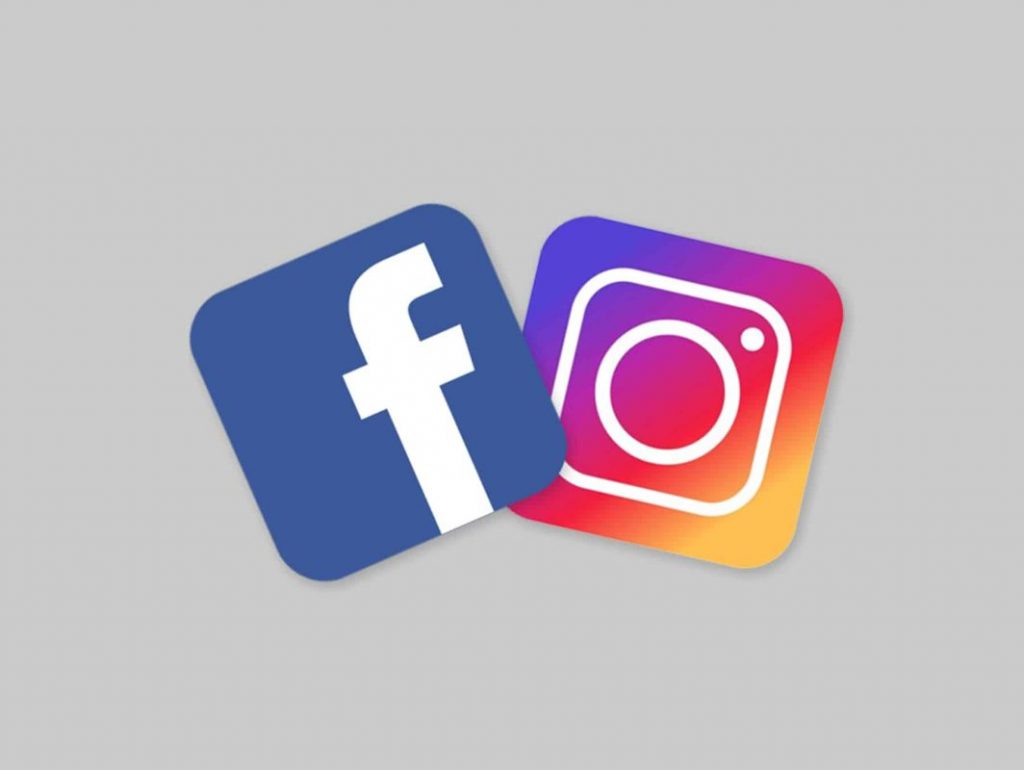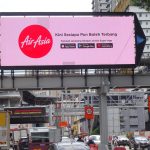Facebook’s ad business shows no signs of slowing, generating USD$14.9 billion during the first quarter of the year. That’s up 26% year over year. With this growth has come a major expansion of Facebook’s audience targeting capabilities.
Many retail marketers understand the advertising potential that Facebook holds as a result.
But this sophistication isn’t without challenges. The growing complexities involved with setup and campaign management can often leave the most seasoned marketers in need of direction when advertising in the channel.
Facebook advertising success boils down to the three areas of study: pixel and campaign strategy, audience targeting and measurement. Learn about the pitfalls involved in each and how you can navigate them with the right approach.
Pixel setup and campaign strategy
Those with experience setting up Facebook ad campaigns can attest to the platform’s cumbersome interface. With the vast array of settings and targeting capabilities, it’s easy to take shortcuts that result in poorly targeted campaigns that drive minimal results.
Pitfall #1: Setting up the Pixel incorrectly
Pixel setup is critical to tracking all customer interactions so that targeting is effective. Before diving into campaign settings, ensure your pixel is uploaded to your website and tracking what your website and app visitors view and purchase. Review your Pixel Events in relation to your business goals and get a better understanding of your customers’ path to purchase. To confirm your pixel is uploaded and running, use the Facebook Pixel Helper.
Pitfall #2: Choosing the wrong attribution window
Attribution settings for the Facebook pixel default to a one-day view and 28-day click. This means actions taken over these periods count either one day after someone sees your ad or within 28 days of someone clicking your ad. If you have a tight, ROAS-driven business, consider adjusting these settings so they fall in line with your business objectives. You have the option to change the attribution window to one-day, seven-day and 28-day view and click attribution.
The default attribution model is Facebook’s way of demonstrating the value of the channel for marketers stuck in a last-click world. You may benefit from one-day view if you’re using a single touch attribution model since it will take conversions into account when optimizing the channel.
Pitfall #3: Selecting the wrong campaign type for your business goals
Define your goals and determine what type of Facebook campaigns best suit your business. Use Facebook’s different ad formats to fulfill these goals. Facebook dynamic product ads let you create retargeting campaigns that direct customers down the purchase funnel. Dynamic Ads for Broad Audiences (DABA) let you create prospecting campaigns that target new customer acquisition. Using these two formats, you can serve relevant ad content to re-engage past site visitors and target new shoppers unfamiliar with your brand.
Pitfall #4: Neglecting to add tracking parameters for your data source of truth
Append tracking parameters to each of your Facebook campaigns to avoid the pitfall.
You can do this by creating a new campaign or working on a saved campaign in Ads Manager. Select an objective you want your parameters to achieve and add the website URL you want to track.
Fill in the parameters by entering a key and an assigned value. For example, if you’re tracking an ad with the ocean as its image, you can add “image=ocean” as the parameter. The key is “image” and the assigned value is “ocean.”
These parameters help track performance within your data source of record and serve as a second source of truth in measuring campaign success. You can track the effectiveness of your ad based on your parameter objective and understand which ads are helping you meet your goals.
Pitfall #5: Starting with the wrong campaign strategy
Campaign setupshould segment your traffic into separate objectives you wish to report on and optimize. For instance, separating retargeting ad sets from prospecting ad sets lets you effectively manage more budget and optimizations between two different objectives.
Keep in mind that the bulk of settings and targeting options take place at the ad set level and not the campaign level. This creates more flexibility to group various initiatives under one objective (like retargeting campaigns for different product sets or audiences).
When it comes to audience strategy and targeting, marketers should focus on allocating budget toward the highest performing traffic sources.
This especially true for retailers focused on the highest return on ad spend. Facebook’s ability to drill down into granular audience sets – like demographic and interest targeting – sets it apart from its competitors in an important way.
Pitfall #6: Targeting the wrong audience
Use dynamic product ads and dynamic ads for broad audiences to reach the largest number of Facebook users. Dynamic product ads are retargeting-based ads that focus on moving users down the purchase funnel.
Create separate audiences (ad sets) for people who have purchased products, added items to their cart, and site visitors. Because each group is at a different stage of the purchase process, these ad sets will give you insight into how likely they are to convert.
Layer time filters into these segments based on data amount and audience size. For instance, your purchased products audience can be split into two segments: “purchased in the last 30 days” and “purchased 30 days +.”
Consider this same process for each audience segment and break each up into time segments that align with your business and how your customers shop for you products.
Depending on the amount of data at your disposal, the above structure can break down even further. You can split audience by device and, if possible, by platform (Facebook vs. Instagram). Each of these segments has performance differences to help prioritize how you spend your budget for the best return.
The goal of audience segmentation is to eliminate overlap and ensure that you control recency and frequency of ad delivery. This will prevent you from saturating your audience with ads, which often results in ad blocking.
Pitfall #7: Targeting too broad of an audience
Dynamic Ads for Broad Audiences (DABA) is a prospecting ad format that drives new customer acquisition.
These ad units help fill the customer prospect funnel for the retargeting campaigns discussed above. This segment of customers is where Facebook’s audience segmentation capabilities prioritize and strategically spend valuable budget dollars.
To start with DABA, choose targeting that most aligns to your business (running, womens apparel, etc.). Once you decide core interests to target, create ad sets with additional segmentation for demographics like gender, age, and device.
If audience size permits, consider additional segmentation for placement and platform. After finalizing the baseline structure of ad sets that target interests, consider duplicating the structure to target lookalike audiences for additional exposure.
Pitfall #8: Overlooking bid strategy
Marketers often fail to consider a bid strategy when advertising on Facebook. By choosing the wrong strategy or neglecting a strategy altogether, they exhaust budget quickly and ad performance suffers.
There are six bid strategies available for Facebook ads. Each supports specific objectives and has unique benefits.
Facebook sets bids for five of these strategies, including lowest cost, in which Facebook manages all bidding and reaches your lowest cost opportunities while spending budget. Consult the Facebook Bid Strategy Guide for a complete look at strategies, objectives, and when to use each.

Most marketers struggle to find the value of each marketing touchpoint in any one purchase path. They often default to tracking performance via last-click attribution.
This model, which credits one touchpoint as the entire customer journey, is antiquated and typically leads to inefficient spending. To get a holistic view of the sales journey across multiple touchpoints on Facebook, consider changing your attribution approach.
Pitfall #9: Using the wrong attribution model
Facebook is a platform that engages consumers at the top and middle of the purchase funnel more often than consumers that are ready to buy.
Because of this high-funnel intent, retailers need to shift their measurement focus to multi-touch attribution (MTA). This will help assign value to each touchpoint so it receives the credit it deserves.

Most shoppers use a variety of different platforms to shop. Facebook’s increasing role in the customer journey makes MTA a valuable tool in measuring how effective Facebook ads are in a marketing mix.
It is especially relevant for marketers who advertise across multiple channels, as MTA evaluates each channel’s importance in a sale. Consider the many MTA options available: Linear, Time Decay, U-Shaped, W-Shaped, and Algorithmic.
Facebook is a great platform to build awareness, advertise specific products, and drive revenue. However, many marketers simply invest in the channel with no clear strategy, which frequently leads to wasted ad spend.
Whether you’re just getting started or an established marketer advertising in the channel, consider these pitfalls when working your Facebook ad campaigns. With the right knowledge in place, you can avoid burning your budget on limited results.
source: http://marketingland.com
MARKETING Magazine is not responsible for the content of external sites.












